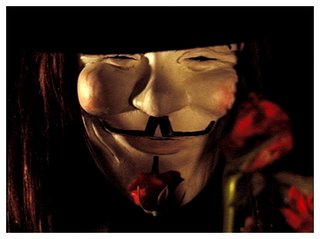Jacked

Last night Alana and I got jacked...by place. Or as some may prefer, by the social construction of space. One of the lenses that geography has brought to me is the ability to imagine how places could be. The world becomes more interesting - more than rote description - when you think of the historical processes that made a place (physical, social, political) and what processes it would take to change the future of that place. Instead of a static set of people, events, buildings, and intersubjectivity, place becomes an always-changing game, and the game gets wicked exciting when you realize you're a part of it. Tinkering with the direction of a place often involves resistance...against rocks and dirt, against others' will, against power. Alana and I got jacked by the city of Los Angeles. Not by a person like the mayor who represents the city, or by any individual with mal-intent, or by bad luck. We were doing everything we were supposed to be doing to go watch a rapper by the name of Emanuel Jal, an ex child soldier in Sudan whose message has exploded in, and is now exploding out of Africa. Sadly I don't know what that message is because we never made it to the show. We weren't late, it wasn't sold out, and it wasn't too expensive. We did not go to the show because We could not get there. In physical space we were there actually. We must have driven by the Egyptian Theatre (African reference coincidental) 10 times in Alana's car searching for a place to store the car while we were inside. Unfortunately those who controlled the remaining storage space for cars were not the sharing type, and we could not afford the amount of money it would have taken to make them share with us. Of course most people would pay the parking fee, but we resisted, and left the scene. We resisted against the will of the parking attendant, who surely would have prefered the $20 for doing nothing - the $20 that would have given us the privilage to walk around Hollywood Boulevard and go to what I'm sure would have been something enriching and unique. But mostly we resisted against the organization of space in that part of the city. The space is organized in such a way that erects constant barriers to flow. It is the fortress city, crackable only with money.
Fortunately there are alternatives to money cracking, like the bus or bicycle. Unfortunately here those words mean nothing to people. I can attest that they are perfectly functional and viable forms of transportation in L.A., but their social status is so completely shattered by the culture of fear that with some people (mostly natives) you actually lose credibility as a person when you travel in this way. Alana and I could have easily taken a bus from my place to the Egyptian Theatre. From experience it would have taken about an extra 20 minutes to get there. That 20 minutes would have saved us our emotional turmoil and frustration, not to mention a lot of gas and the 20 minutes we spent driving around looking for parking. Oh, and we could have seen the show, which by the way cost only $7. Why don't people bus? Answers I've received from natives: "It takes too long" (read above). "There are weird people on the bus" (if by weird you mean people with brown skin, yes). "It's a bad bus system" (not true). The best answer I've heard so far is "when my car's in the shop I just take days off work." The culturally mediated association with "alternative" transportation (I use quotes because it's not alternative to millions of people in the city) is so negative, so unfounded, and so real, that it makes me sad. As an optimist resistor it also gives me an unending pool of inspiration to ride my bike and take the bus as frequently as possible.
On the way home we ate outside in the cool desert air at Carl's Jr., one of the original burger joints in southern California.




























